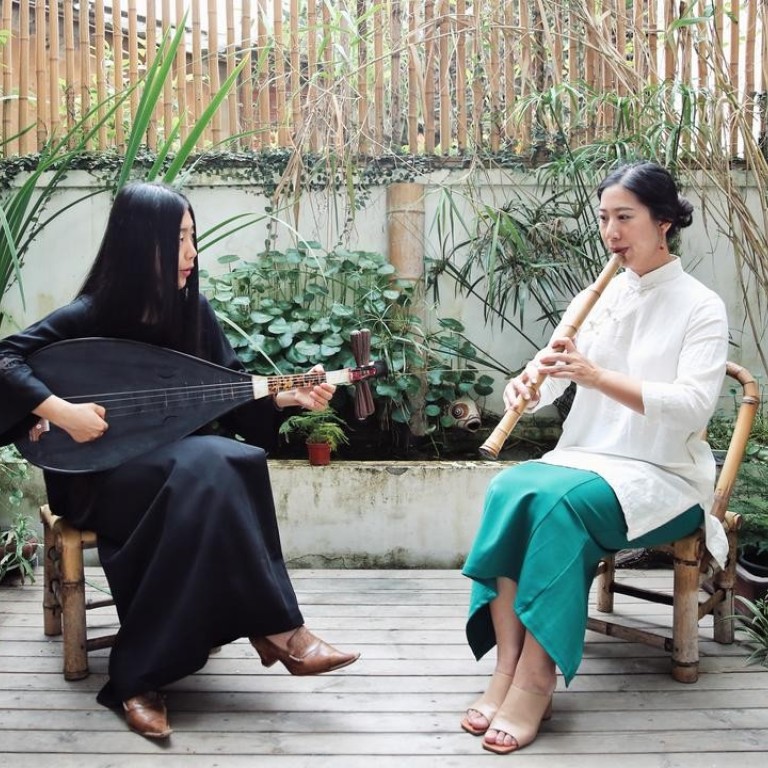
China’s new wave of budget inns and small hotels are transforming the country’s tourism landscape with a focus on heritage, comfort and style
Powered by online booking sites, hospitality entrepreneurs in China are pioneering a new range of small properties that offer links to the local community and culture that are often missing at large, corporate chains
Until recently, staying at a budget hotel or inn in China was a high-risk venture that would likely involve clouds of acrid cigarette smoke, stained carpets, inedible breakfasts and suspect plumbing. A colleague once told me that in the 1990s, while on a tour of Beijing, the guide asked him as they approached their hotel: “Would you prefer a room with a shower or a window?”
Many seasoned travellers to China still opt for the more upmarket and sanitised comfort of internationally branded business hotels, and for good reason.
What to do on a Chengdu trip – it’s not all pandas and spicy hotpot
Earlier this year, my short stay at the budget Jinsanjiao International Hotel in Zhoushan, in north-eastern Zhejiang province, was enough to trigger disturbing flashbacks several weeks later.
The room came with an overflowing ashtray and curious blood-coloured stains on the bathroom wall. There wasn’t a minibar as such, but the shelf next to the TV was stocked with bottled water, a can of Red Bull energy drink, two packs of playing cards (still in protective cellophane wrap), one container of seafood flavour pot noodle, and three boxes of extra-strength condoms (also in their cellophane wrap).
Judging by the extensive staining to the once cream-coloured rug by the bed, a previous guest had used all these items in one rampant night of in-room entertainment and then performed an oil change on a large motorbike.
These unsavoury experiences are becoming a thing of the past in China as a new generation of hospitality entrepreneurs – powered by online hotel booking sites – pioneer stylish, comfortable inns for those on low to medium budgets, with an emphasis on heritage and individual style.
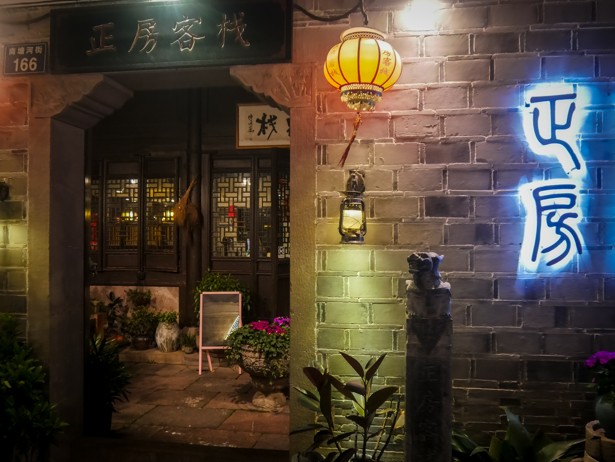
According to data from the China National Tourism Administration, the nation’s domestic tourism industry earned 4.57 trillion yuan (US$670 billion) in 2017, up 15.9 per cent on the previous year. This new generation of inns and small hotels offers a quirky alternative for domestic and overseas guests and is changing China’s tourism landscape.
The 25-room Wu Xi Hotel (25B Fanggu Shangyejie, 37 Songfeng Road, Chancheng District, Foshan 528000), in historic Foshan in Guangdong province, is typical of this new brand of Chinese inn. Opened in March this year by the Justin Hotel Group (China), which runs six other small hotels across the province, it offers comfort and style for those on a low budget and is already popular with the 25- to 35-year-old age group. Prices start at about US$32 per room per night.
“Our owners do not want to offer marble and fountains, they want to communicate with their guests,” says manager Sammul He.
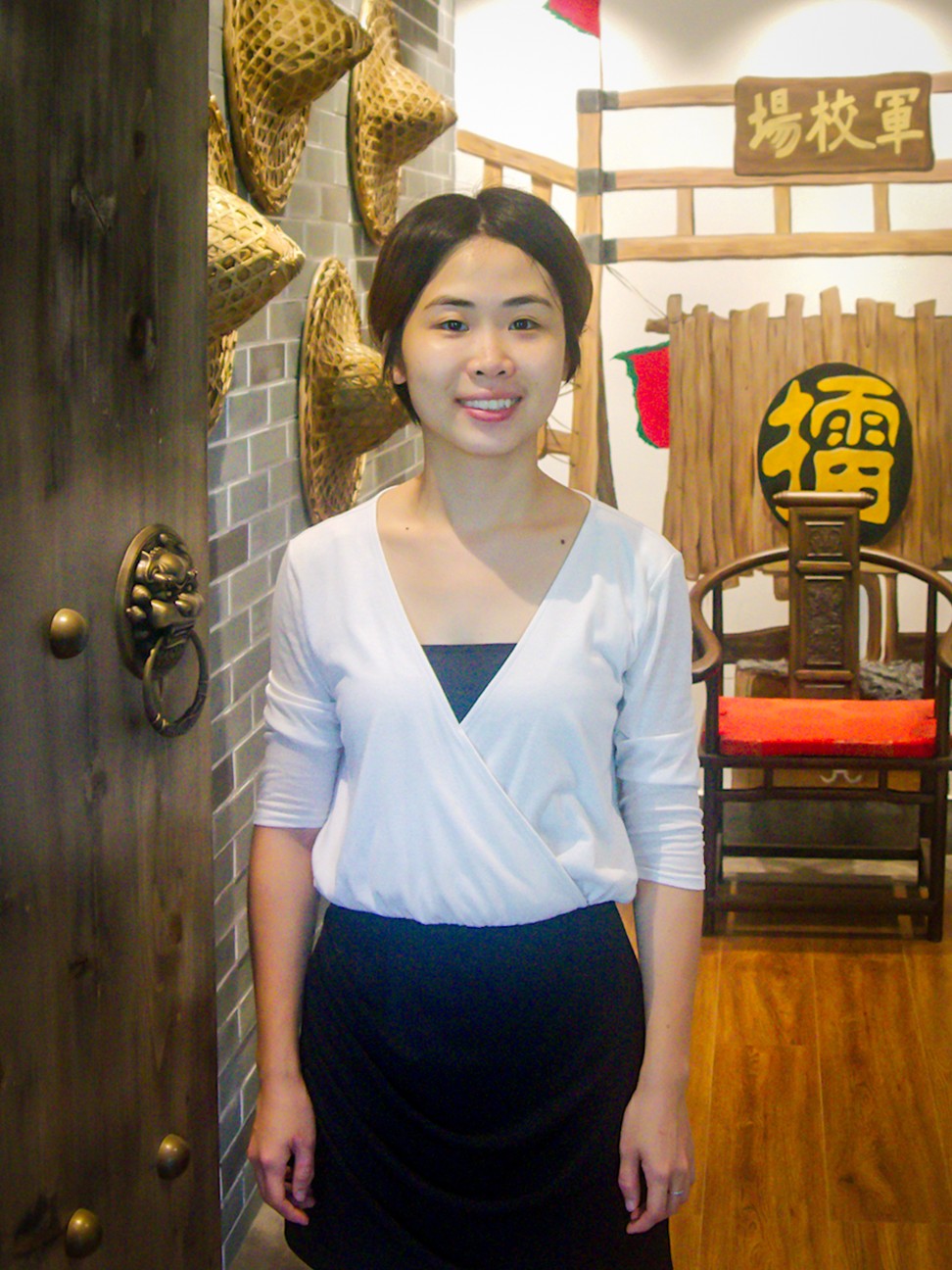
The small hotel is on the upper floors of a traditional tong lau colonnaded tenement building on a charming, tree-lined street in the west of the city. It is close to the Foshan Lingnan Tiandi heritage area, which features impeccably restored historic buildings and upmarket shops and restaurants, and is opposite the ornate pagodas, bridges and ponds of the Cishi ancestral palace and gardens.
The hotel’s ground floor shop spaces are occupied by traditional tea shops, noodle restaurants and retailers of ceremonial lion dance costumes and related paraphernalia, such as drums and costumes. While the hotel entrance stairway is modest, it successfully employs a sort of nouvelle Chinoiserie style that offers a wonderful sense of arrival.
The Wu Xi Hotel celebrates Foshan’s close cultural connection with the martial arts. The Wing Chun master Ip Man, who was trainer and teacher to Bruce Lee, hails from the city, and the hotel’s corridors are adorned with framed monochrome photos and hand-painted murals of kung fu heroes.

The cultural aesthetic is predominantly of the Lingnan region and the bedrooms are decorated with ink landscape paintings, traditional hardwood furniture and local-style ceramic figures. Some have slate-floored balconies that offer a view over green ridge tiles towards trees and, further, to high-rise construction sites in the distance.
“Our guests say we are the hotel with the most character in Foshan,” says He, who adds that it is also popular with Hongkongers because it is only five minutes’ walk from the bus terminus for Hong Kong arrivals.
Shenzhen’s tranquil Dapeng - ideal weekend break for Hongkongers
That personal touch and connection with local culture is an important part of the new wave of small inns in China. In few places can that be felt more than at the Rong Gallery Inn (15 Gurong Alley, West Street, Licheng District, Quanzhou 362000) in Fujian province.
With the hotel secreted within a labyrinth of historic, narrow streets and alleys of the old city, owners Howard and Sissy Han organise taxis to take guests to less well-trodden local cultural heritage sites, markets and recommended restaurants. The couple also collects antiques and artefacts, which are displayed in the communal lounge area – where they also conduct lessons on the guzheng, a Chinese stringed instrument.
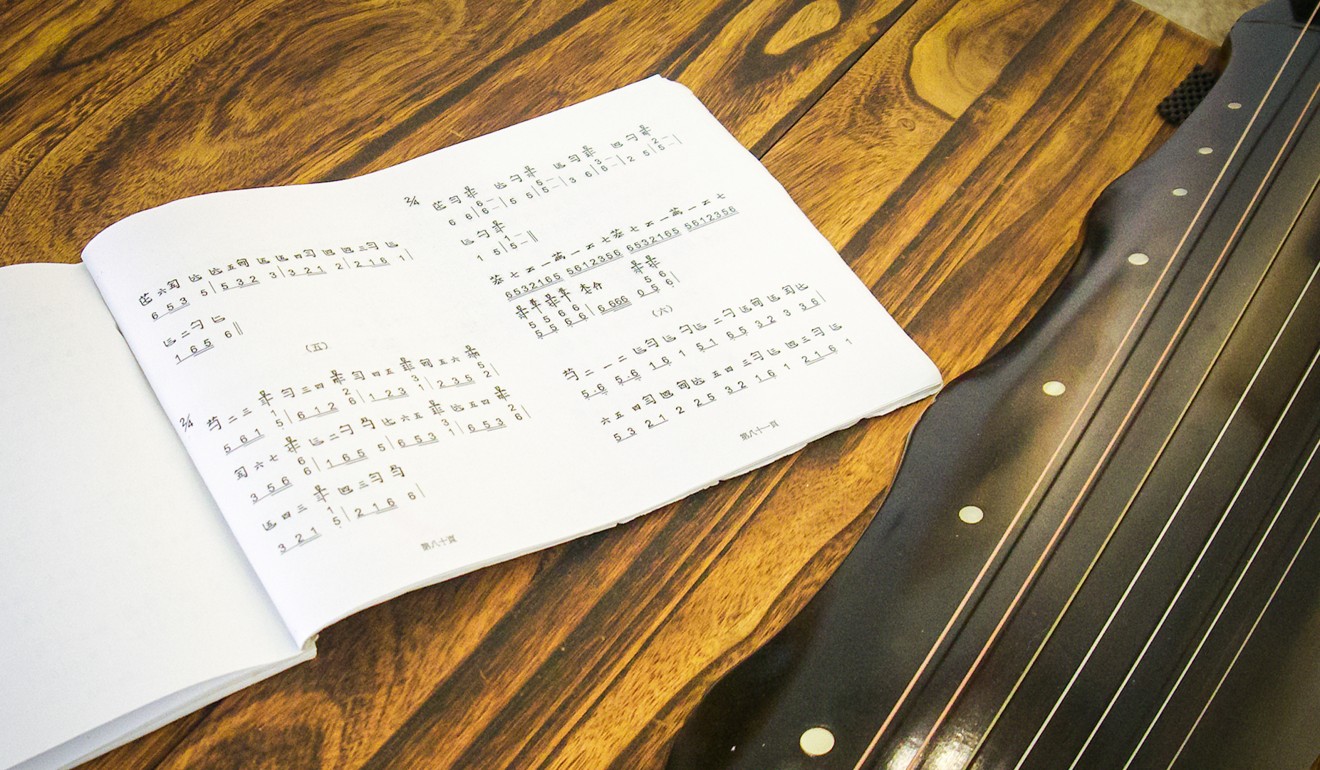
While presiding over a traditional Fujian tea ceremony, Sissy explains that, ever since the entire surrounding area was designated a conservation zone, many families have returned to their ancestral homes and set up small, independent inns, coffee shops and restaurants, increasingly gentrifying the area.
The inn is just a few minutes’ walk south of Quanzhou’s vibrant and diverse West Street, marked at one end by the twin pagodas of the ancient Kaiyuan Temple and at the other by the more modern clock tower at the junction with Zhongshan Street.
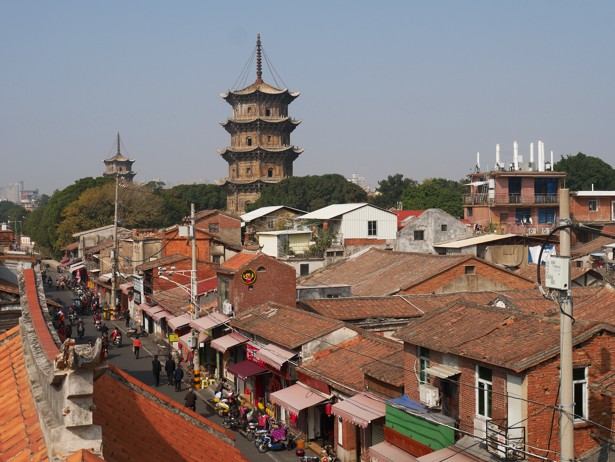
West Street is a crowded and buzzing pedestrianised thoroughfare once frequented by sailors and merchants of ships plying the maritime Silk Road, and it still offers an exotic medley of sights, sounds and smells. Visitors can see old men playing the two-stringed erhu;, handmade dumplings being prepared in histrionic culinary shows using huge woks the size of dustbin lids; dusty antique shops; and even goats being transported on motorbikes and in sidecars.
From the tasteful roof garden of the Rong Gallery Inn, it is possible to enjoy a view over red peg tile rooftops and banyan trees to the two pagodas in West Street while listening to the sounds of ancient Chinese stringed instruments being played downstairs by Sissy, and the distant explosion of firecrackers.
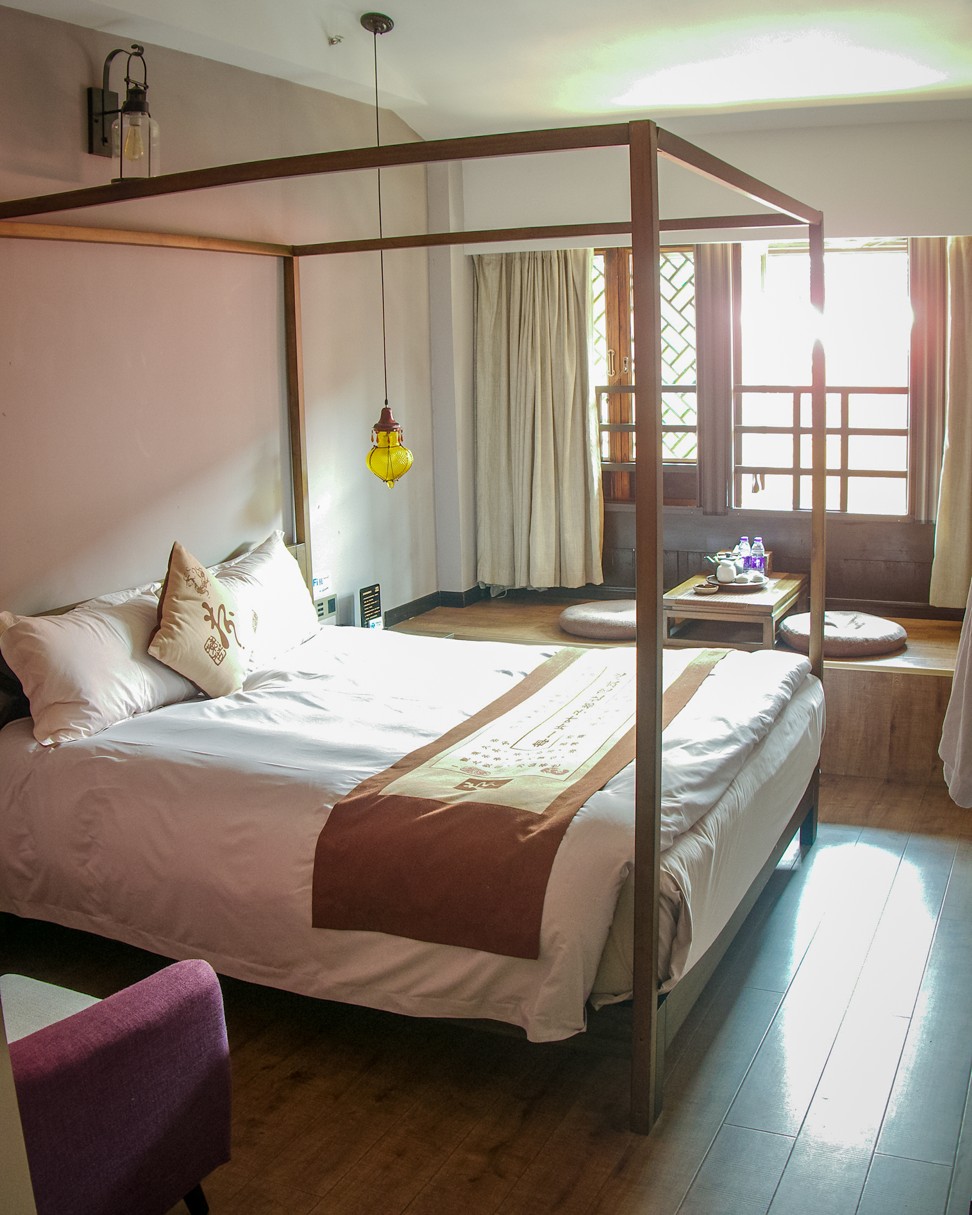
One of the most architecturally impressive of the new generation of heritage inns is Zhengfang Inn (Ningbo City Haishu District, South Street 166, Ningbo, 315000), an immaculately restored merchant’s house overlooking a canal in the heart of Ningbo’s historic Nantong Old Street area. The entire district has been constructed to recreate an authentic Ming dynasty merchants’ area in grey brick with narrow alleys and ornate timber bridges (which purists might, admittedly, find a touch over-gentrified).
The inn successfully recreates that Ming dynasty vibe with lacquered furniture, courtyards and lanterns, and many of the rooms overlook the canal away from the busy streets. It is stylish and comfortable, and room rates start at a very modest US$41.
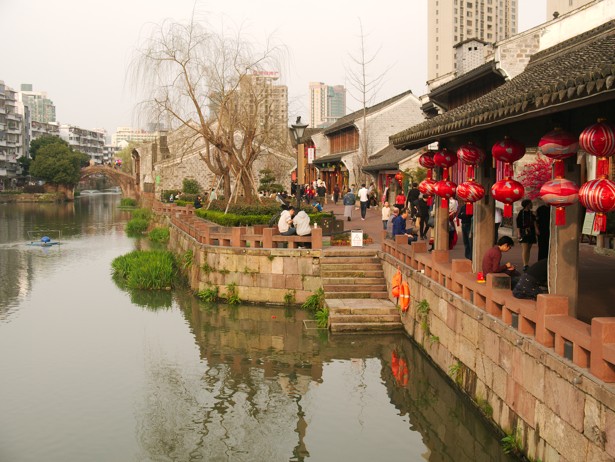
Judy’s Inn (193 Neicuoao Road, Gulangyu, Xiamen, 361002), on Xiamen’s small heritage island of Gulangyu, is typical of several small hotels on an island that is also home to mansions, custom houses and godowns once inhabited by the European trading elite when the city served as a treaty port.
The inn is a tastefully converted merchant’s house that opts for a standard European colonial style, with pastel-coloured masonry and tall closed windows shaded by thick clumps of blossoming bougainvillea. Rooms are opulently fitted and maintain the European colonial feel. It is a little more expensive than average, with room rates starting at about US$90.
Sanya, Hainan – the best and worst of China’s top beach holiday spot
Like Gulangyu island, the hutong area of Beijing is another heritage zone that has seen a rash of new-style inns open in restored old buildings. Among them, the Orchid Hotel (65 Baochao Hutong, Dongcheng, Beijing, 100009) in Dongcheng district was placed on TripAdvisor’s list of top 10 small hotels in China in 2017.
This new range of small inns is likely to expand as domestic tourism offerings in China develop further. For guests, they offer a unique connection with the local community and culture that is often missing at large corporate hotels.

